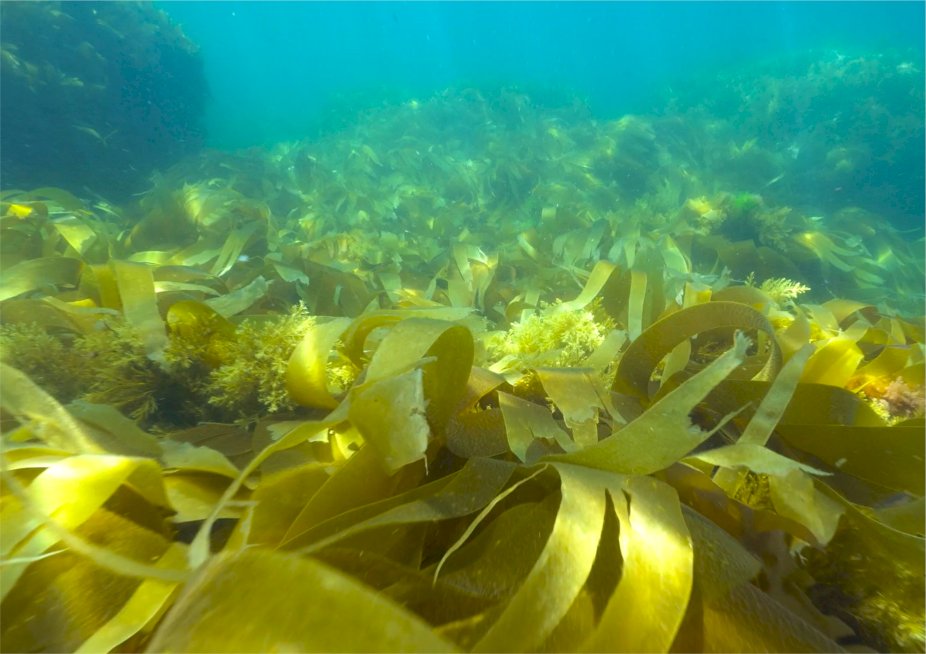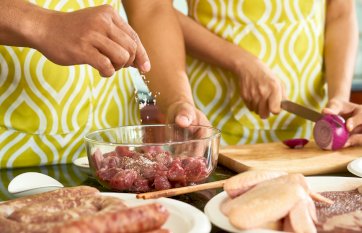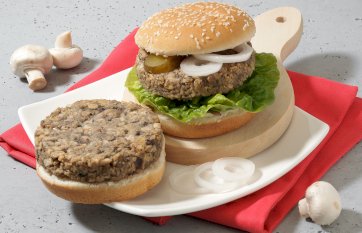Did you know that carrageenans have been used in food for over 2000 years!? The first mention of the usage of seaweed as food was observed in China 600 years BC. Nevertheless, the first usage was described by the Irish, who used seaweed to produce milk puddings, while in the far east seaweeds were consumed as a salad or jelly.
In the mid-fourteenth century, four carrageenan fractions isolated from different seaweed were identified. The method of obtaining extracts from seaweed with amazing properties was elaborated in 20th century. Their name derives from the Irish seaside town Carrageenan.
Carrageenans belong to a group of polysaccharides containing sulfate. They are obtained by water extraction from different types of red algae.
- Chondrus crispus, growing in shallow cold waters of the North Atlantic, Canada and France and producing carrageenan kappa, iota and lambda type.
- Euchema, growing in the warm waters of Indonesia and China and producing kappa I and iota carrageenan.
- Gigartina, growing in the deeper cold waters of Latin America (Chile) and Spain and producing kappaIIand lambda carrageenan.
The seaweeds mentioned above contain small amounts of various fractions of carrageenan. Currently, seaweeds are grown on water plantations. Seaweeds growing in cold waters are collected once a year. A collection of algae in warm waters is held every three months. The process of preparing various factions is based on their extraction, discoloration, thickening, drying and modification of certain functional characteristics during the manufacturing process.
Depending on the mode of production we can obtain refined or semi-refined (PES) carrageenan.
In the meat industry the major factions are Kappa and Iota carrageenan, which are used both as a raffinate and semi-raffinate. They are often a mixture of both kappa and iota fractions, which due to their different properties perfectly complete each other and various gums such as guar, xanthan, konjac, tara, locust bean gum with the addition of various salts and sugars.
There is no one universal product in the form of pure carrageenan or carrageenan blend suitable for all meat products. Carrageenan should be selected for a particular type of product, its recipe composition, especially protein content, productivity, expected sensory qualities such as hardness, brittleness, slice binding, etc.



